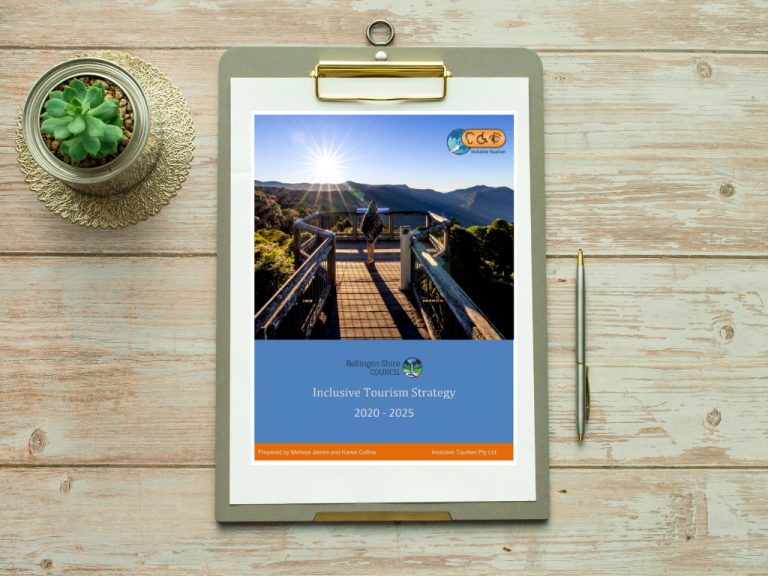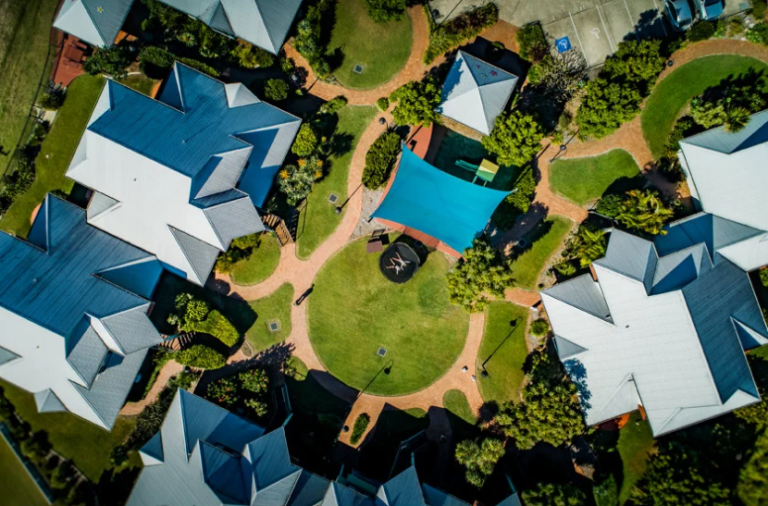Developers Going Accessible
Developers seizing on disability-friendly apartment opportunities as NDIS needs soar
By social affairs correspondent Norman Hermant – ABC.net.au
For most of the last decade, Amy Pilson could not escape a sense of loneliness and isolation.
Amy lives with paraplegia and uses a wheelchair. Her home was a ground unit at her grandmother’s house and the outside stairs were a constant reminder of the life she was missing.
“Everything else is up the stairs. Three bedrooms, main kitchen, my family all live up there,” she said.
“It isn’t the nicest having to be so separated from your family. You do live together, but totally separate,” she said. “I think now, ‘How did I survive that long?'”
Ms Pilson said she remembers being brought upstairs only a few times when she lived on the ground floor. During family gatherings, it was easier for guests to come down and see her.
Her ground floor unit was modified for accessibility, but it was cramped. Her wheelchair could barely fit in the main corridor. Manoeuvring into the bathroom often left gashes in the door and walls.
“It’s kind of amazing that you put up with things because you have to,” Ms Pilson said.
In the last few months, her world has changed dramatically. She is now living in her own apartment, specially designed for people with disabilities.
“I have my own independence. I don’t have to rely on my nan, or my brother to help me out,” she said. “I just wanted to be out on my own, and do my own thing.”
Her unit is one of 10 apartments for people with a disability interspersed in a building of 110-units in the Hunter region of New South Wales.
The apartments are part of a demonstration project run by the not-for-profit Summer Housing organisation.
Summer Housing wants to prove funding from the National Disability Insurance Scheme (NDIS) can be harnessed by developers. The idea is to create a new financial model attractive to developers to help meet the huge unmet demand for disability housing.
The numbers are daunting
By 2020, the NDIS will need to provide housing for 27,000 people with disabilities. It is estimated 12,000 homes — mostly apartments — will have to be newly built.
It is going to cost an estimated $4.8 billion over the next five years alone. The agency that runs the NDIS predicts between 500 and 900 homes for people with a disability will need to be built every year for the next decade.
That is a lot of demand, and for one of the biggest real estate developers in the country it is an opportunity.
“The market is broader,” said David Waldren, the executive design manager for developer Grocon.
“If we don’t go down the path of providing accommodation for people with special needs, we’re saying to ourselves we’ll preclude 14 per cent of the population from being able to live here. That’s pretty dumb.”
Grocon has signed on to the new funding model pioneered by Summer Housing. In a new 77-unit development in Melbourne, the organisation purchased 10 units for people with disabilities, plus another for support staff.
To help fund the deposits and the mortgage payments, Summer Housing will use payments from the NDIS to provide disability housing. The organisation said the money from the NDIS was a game-changer.
“An organisation like Summer Housing can say, ‘Look, that’s an income stream that we can rely on’,” Summer Housing chairman Simon McKeon said.
“And in talking to the development community, it in turn can rely upon.”
NDIS money the key
The NDIS has different levels of financial support for what it calls specialty disability Accommodation. The amount it pays depends on the disability, and the needs of the participant.
For example, an NDIS participant with high physical support and the need for on-site overnight assistance will be paid $84,000 per year for a one-bedroom apartment. Residents sharing a house will receive less.
By using that money to purchase apartments off the plan, it is much easier to build customised units for people with a disability — with features like wide hallways, accessible bathrooms, and modified kitchens.
“I think in less than five years we’ll see this as being par for the course,” Grocon’s David Waldren said.
At least two other leading developers are on the verge of signing on to the model.
“The property industry will see opportunity there,” he said. “This is one example. There will be others.”
Those already living in a building with multiple apartments for people with a disability say there is another key advantage to the model: The units for people with a disability are spread out, not all bunched together in one area.
“It’s definitely better that way,” Ms Pilson said. “It takes the stigma away.”
She said she enjoyed feeling like she belonged in the community and said able bodied people in the building had made her feel welcome.
“I don’t think people should be shocked that there’s 10 people living in this building that have disabilities. We’re all people. We all need somewhere to live.”
Original story published on www.abc.net.au – http://www.abc.net.au/news/2017-04-04/developers-seizing-on-apartment-opportunities-as-ndis-needs-soar/8413256



